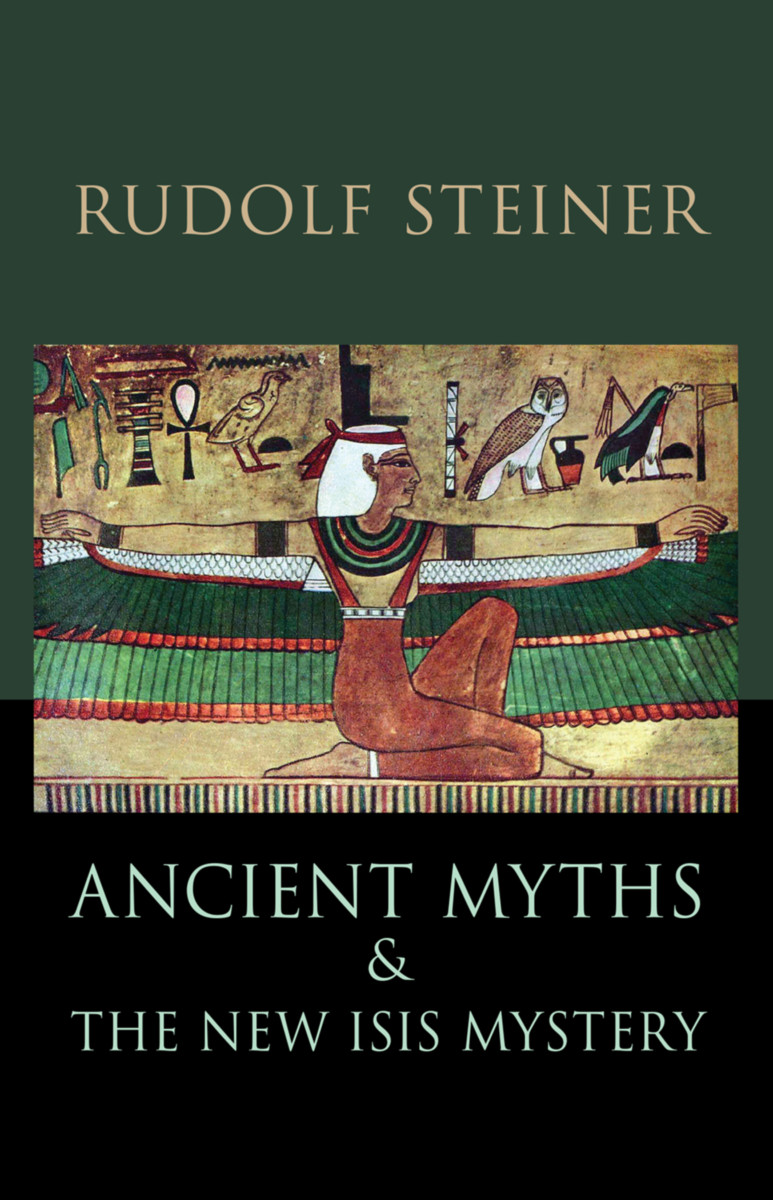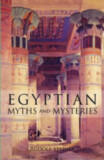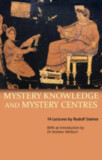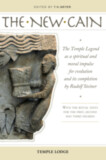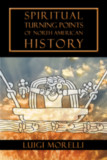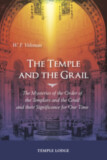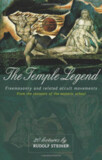Ancient Myths and the New Isis Mystery
(CW 180)
Introduction by Signe Eklund Schaefer
Translated by Mabel Cotterell and James H. Hindes
Revised by Mado Spiegler
- Publisher
SteinerBooks - Published
15th May 2018 - ISBN 9781621482284
- Pages 196 pp.
- Size 5.5" x 8.5"
7 lectures, Dornach, January 4–13, 1918 (CW 180);
1 lecture, December 24, 1920 (CW 202)
“In the course of my recent public lectures in Switzerland, I have repeatedly said that the knowledge, the way of thinking currently prevailing and indeed deeply rooted in the human soul, is ill suited to deal with social and moral life. Present conditions can be restored to a healthy state only if people are able to find their way back to a thinking, a grasp of the universe, that will give what lives in the soul a direct link with reality.” — Rudolf Steiner (Jan. 4, 1918)
Ancient myths are an expression of great truths about the nature of the universe and human development. Through mysterious, lively images, they describe knowledge of a people’s origin, their place in the cosmos, and their unique state of consciousness. Because modern consciousness has become so abstract, such stories challenge us to exercise a different kind of consciousness to experience their truths and reunite with the realities they describe.
In these eight lectures, Steiner looks at Egyptian, Greek, and Hebrew myths, illustrating how they express people’s consciousness then. He views in the Osiris–Isis story an expression of the loss of direct perception of the invisible, suprasensory realm. He shows the connection between that loss and the challenge we face today in bringing new life to our abstract thinking and understanding the world.
Steiner offers remarkable a new Isis legend. In the Egyptian myth, the veiled Isis says, “I am the All. I am the Past, the Present, and the Future. No mortal has yet lifted my veil.” In the New Isis legend, as told by Rudolf Steiner, the Isis figure states, “I am the Human Being. I am the Past, the Present, and the Future. Every mortal should lift my veil.” This extraordinary story challenges modern humanity to awake to a new consciousness of the spiritual forces that work in our lives and in society. We are to bear this new spirit within us with increasing understanding and a fresh sense of responsibility.
This book offers tremendous inspiration to transform our head knowledge into heart knowledge and to lift the veil to spirit and know our place and purpose in the past, present, and future.
Ancient Myths and the New Isis Mystery is a translation from German of 7 (of 16) lectures from Mysterienwahrheiten und Weihnachtsimpulse. Alte Mythen und ihre Bedeutung. Geistige Wesen und Ihre Wirkung Band IV (GA 180) and one lecture from Der Mensch in Zusammenhang mit dem Kosmos 2: Die Brücke zwischen der Weltgeistigkeit und dem Physischen des Menschen. Die Suche nach der neuen Isis, der göttlichen Sophia (GA 202). Cover image: The Goddess Isis stretching her winged arms in a protective gesture (from the tomb of Seti, 19th Dynasty).
C O N T E N T S:
INTRODUCTION by Signe Schaefer
LECTURE ONE: January 4, 1918: Mythical thinking. Egyptians and soul experience after death expressed in Isis–Osiris myth. Egyptian and Greek myths and shared consciousness of spiritual matters. Three generations of Greek gods. Human beings not created by gods in Greek myths. Intuition, Inspiration, Imagination. Salt, Mercury, Sulfur.
LECTURE TWO: January 5, 1918: Development of consciousness reflected in myths. Osiris myth and change from picture writing to letter script. Myths and human physiological wisdom. Puberty and consciousness. Forces behind nationalism. Development of abstract thought. The sign of the cross.
LECTURE THREE: January 6, 1918: Moral impulse and Old Testament God as creator of human beings. Osiris myth and human experience of spiritual through Imaginations. The veil of Isis. The legend of the New Isis. Regaining power of the Word. Eulenspiegelism. Becoming older consciously.
LECTURE FOUR: January 8, 1918: Lifting the veil of Isis. Astrology. Zodiac, constellations, and post-Atlantean epochs. The spiritual possibility of the current age. New pedagogy and the meaning of becoming older. Jupiter attentiveness.
LECTURE FIVE: January 11, 1918: Humanity becoming “younger.” Friedrich Schlegel’s and the spiritualization of science and state. Abstraction, materialism, and Spiritual Science. Education and becoming older. Socialism, freedom of thought, and Spiritual Science.
LECTURE SIX: January 12, 1918: Human duality. Head-human and trunk-human. Cosmos and human heredity. Head knowledge and heart knowledge. Education based on knowledge of human nature and the universe. Marxist socialism and head knowledge. Heart knowledge and social theory. Czarism.
LECTURE SEVEN: January 13, 1918: The human being as the solution to the world mystery. Natural science and Spiritual Science. The spiritual universe and the physical Earth. Human birth and death and the spiritual universe. Human development and future life of Earth. The value of myth. The limitation of logic. The independent human “I” and the cosmos. Spiritual knowledge today. The World War. Spirit and Earth’s future.
LECTURE EIGHT: December 24, 1920: Human evolution and the Mystery of Golgotha. The Sun and Christ. The Christian meaning of the Isis–Osiris myth. Lucifer and Ahriman in Egyptian and modern civilizations. Sophia and the Mystery of Golgotha. Sophia lost in space. Sophia wisdom and Christ. Christmas.
Rudolf Steiner
Rudolf Steiner (b. Rudolf Joseph Lorenz Steiner, 1861–1925) was born in the small village of Kraljevec, Austro-Hungarian Empire (now in Croatia), where he grew up. As a young man, he lived in Weimar and Berlin, where he became a well-published scientific, literary, and philosophical scholar, known especially for his work with Goethe’s scientific writings. Steiner termed his spiritual philosophy anthroposophy, meaning “wisdom of the human being.” As an exceptionally developed seer, he based his work on direct knowledge and perception of spiritual dimensions. He initiated a modern, universal “spiritual science” that is accessible to anyone willing to exercise clear and unbiased thinking. From his spiritual investigations, Steiner provided suggestions for the renewal of numerous activities, including education (general and for special needs), agriculture, medicine, economics, architecture, science, philosophy, Christianity, and the arts. There are currently thousands of schools, clinics, farms, and initiatives in other fields that involve practical work based on the principles Steiner developed. His many published works feature his research into the spiritual nature of human beings, the evolution of the world and humanity, and methods for personal development. He wrote some thirty books and delivered more than six thousand lectures throughout much of Europe. In 1924, Steiner founded the General Anthroposophical Society, which today has branches around the world.


